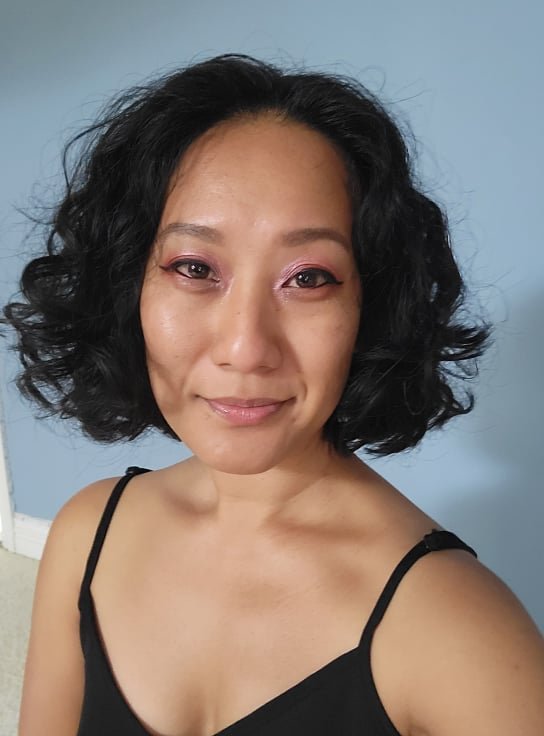Most people, women especially tend to think that men have little or no emotion and that is caused by two related things: Men experiencing and processing emotions differently than their female counterparts and the way society and our parents teach us from an early age that we need to be strong, confident, stoic and successful womanizers. It is a well-known fact that men who talk about how bad they feel, how hopeless, depressed, anxious, paranoid, entranced or madly in love they really are, end up being labeled as sensitive, weak, feminine, unstable, unable to be a good boyfriend, parent or husband.
We are always required to be the resilient and unmovable pillar that will someday be the base of a whole family, an example to be followed. Since we act upon that premise, women often complain that they can’t understand their partner’s emotions, but most of the time even men can’t understand them in the first place, and that creates an emotional gap between the couple. The problem is so severe that even if the man has consciousness about what he feels and knows how to express it, he most of the time will keep it to himself in rumination. That way he won’t be judged or make others worried, but will carry a heavy burden in his brain instead.
There is a high price to pay once you close yourself emotionally from the external world. As stated before, we might get confused and rarely know what we are actually feeling, having only physical reactions and repetitive patterns to guide through the emotional blindness. The risk of developing mental health problems and addictions since the negative emotions won’t leave your brain and will keep it chemically unbalanced in a great issue since most men don’t have a socially acceptable emotional outlet. On the other hand, we get to use rage more often than women. Rage is a great example of a “masculine” emotion, so it is way more acceptable to explode in rage letting it all out than cry and ask to forgiveness or forgive someone.
Concluding, men and women have all the same emotions, but we are shaped in a way that it’s not very acceptable for men to find puppies cute, express their love towards women, cry from grief or after watching an emotional movie, after losing the love of their lives, their jobs, even hugging friends or making deeply emotional conversations with others about their biggest fears, traumatic experiences, health issues, financial problems or anything that could be viewed as a weakness, unfortunately most of the times can and will be shunned.
Ivan Baretto's MBTI preference is INTP, and he is from Brazil. He is currently a student where he is studying computer engineering. He likes cute things like Rillakuma, gaming, and Japanese language/culture. If you'd like to connect with him on FaceBook, click here.








































